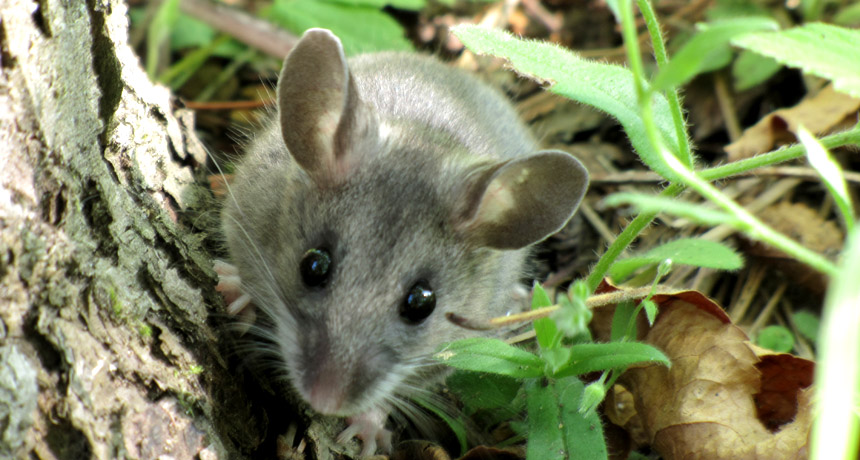Avoiding feces may be ‘luxury’ wild mice can’t afford
In the woods, finding food may trump a poopy location

MOUSE MANNERS Deer mice (one shown) in the wild may find droppings of other mice attractive and use them as a sign of a safe spot to eat instead of a hygienic warning to move elsewhere.
Seney National Wildlife Refuge